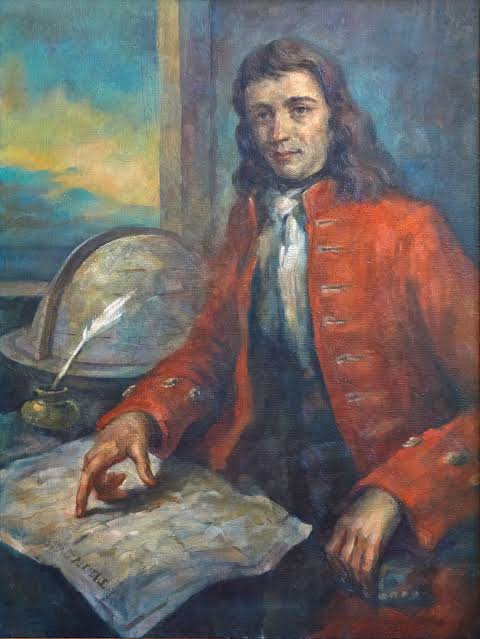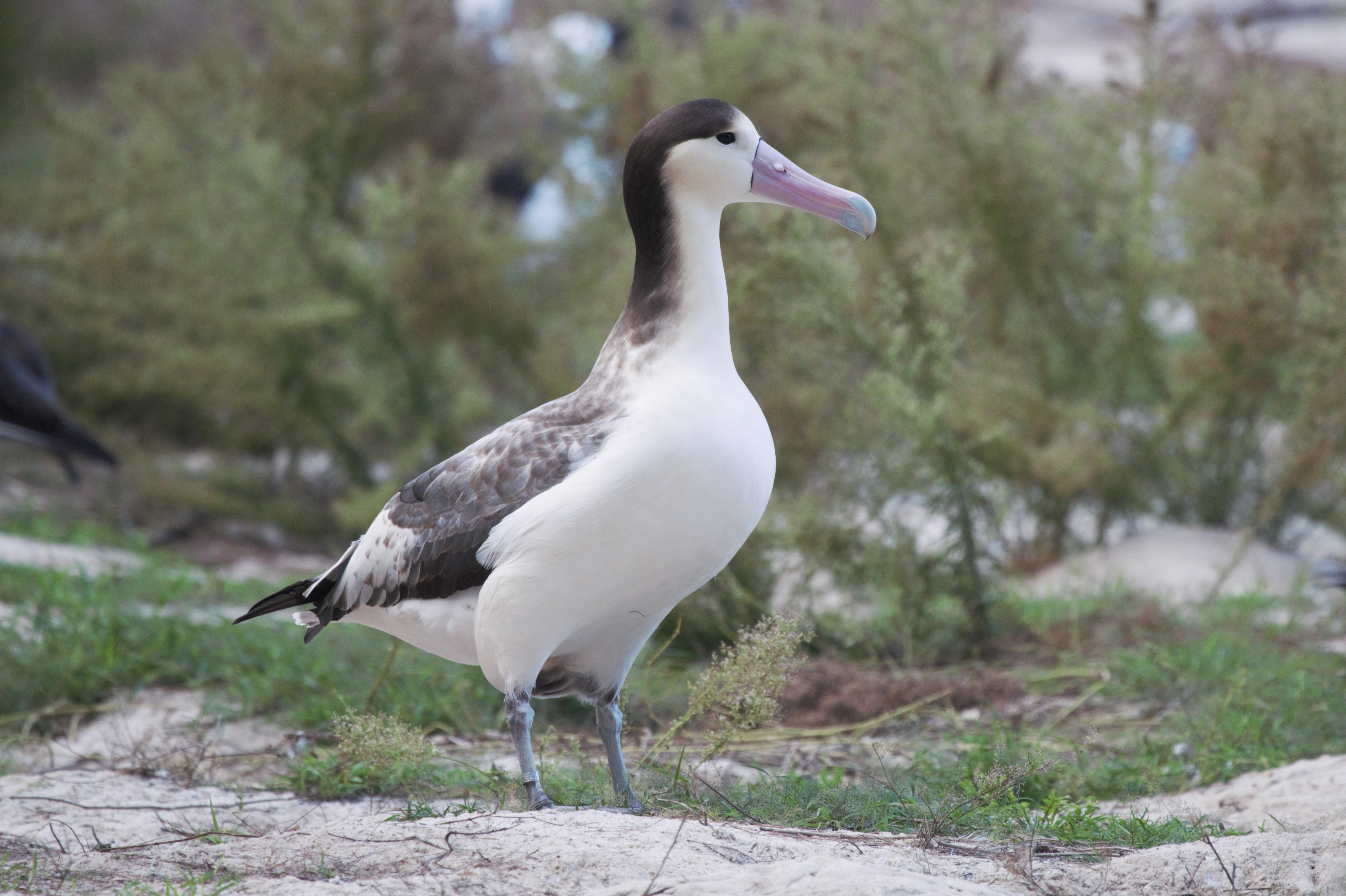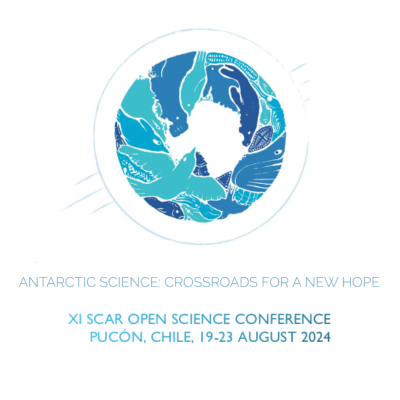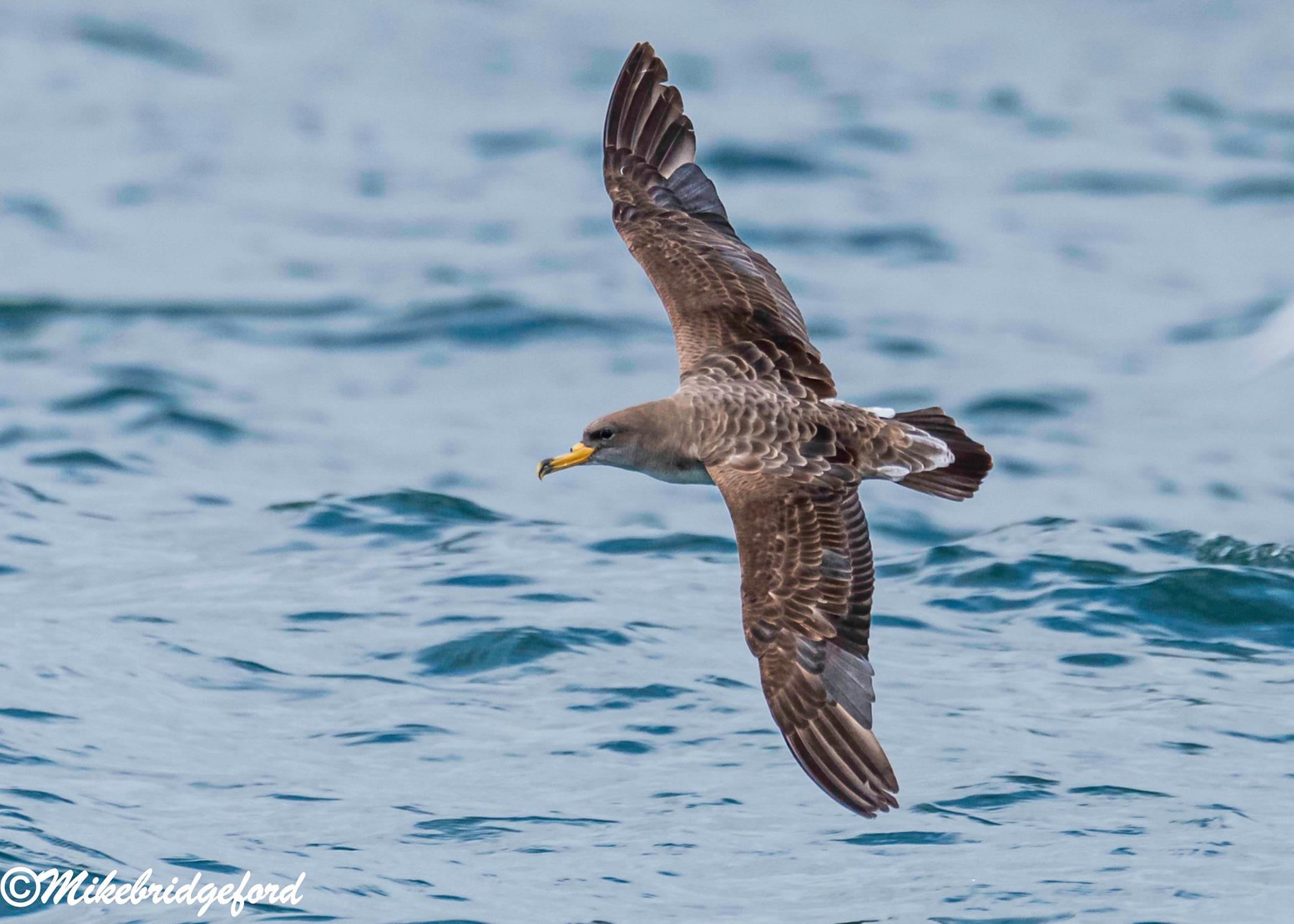 Georg Steller, 18th Century German botanist, zoologist, physician and explorer. Artwork courtesy of the Center of Russian-German Cooperation of Georg Wilhelm Steller, University of Tyumen
Georg Steller, 18th Century German botanist, zoologist, physician and explorer. Artwork courtesy of the Center of Russian-German Cooperation of Georg Wilhelm Steller, University of Tyumen
The Vulnerable Short-tailed or Steller's Albatross Phoebastria albatrus is one of the two albatrosses (along with Buller’s Albatross Thalassarche bulleri) chosen to be featured for this year’s World Albatross Day (WAD2024) to be marked on 19 June. The species was first described by the German naturalist Peter Simon Pallas FRS from skins obtained by Georg Wilhelm Steller.
Georg Steller (10 March 1709 – 14 November 1746) was a German-born naturalist and physician who accompanied the Great Northern Expedition of 1733 to 1743 to the waters between Siberia and North America. The expedition, conceived and authorised by Tsar Peter the Great of Russia, was led to Vitus Jonassen Bering (a Dane), after whom the Bering Sea is named.

A 10-year-old sub-adult Short-tailed Albatross on Sand Island, Midway Atoll, photograph by Jonathan Plissner, USFWS
Steller’s Albatross is now a little-used common name, “Short-tailed” being much preferred. Of relatively recent handbooks and field guides its seems only the late Lance Tickell, in his 2000 book Albatrosses, used the eponymous name. He argued that the other three Phoebastria albatrosses of the Pacific also had short tails, so it was not a good descriptor.
As well as “his” albatross, Georg Steller has Steller's Sea Eagle Haliaeetus pelagicus, Steller's Eider Polysticta stelleri, Steller’s Jay Cyanocitta stelleri and the then soon to be extinct Steller’s Sea Cow Hydrodamalis gigas, as well as the Steller (or Northern) Sea Lion Eumetopias jubatus, all named after him. However, the three birds could be renamed by the American Ornithological Society, which is suggesting doing away with all eponymous names (click here).
Reference:
Steller, G.W. 1988. Journal of a Voyage with Bering, 1741-1742. Stanford University Press. 260 pp.
Tickell, W.L.N. 2000. Albatrosses. Mountfield: Pica Press. 448 pp.
John Cooper, Emeritus Information Officer, Agreement on the Conservation of Albatrosses and Petrels, 20 February 2024
 Abstract submission for the 11th SCAR Open Science Conference is now open. The conference, themed, “Antarctic Science: Crossroads for a New Hope," is being held in Pucón, Chile, from 19-23 August 2024.
Abstract submission for the 11th SCAR Open Science Conference is now open. The conference, themed, “Antarctic Science: Crossroads for a New Hope," is being held in Pucón, Chile, from 19-23 August 2024.
 English
English  Français
Français  Español
Español  Georg Steller, 18th Century German botanist, zoologist, physician and explorer. Artwork courtesy of the Center of Russian-German Cooperation of Georg Wilhelm Steller, University of Tyumen
Georg Steller, 18th Century German botanist, zoologist, physician and explorer. Artwork courtesy of the Center of Russian-German Cooperation of Georg Wilhelm Steller, University of Tyumen


 Linda Elliot (L) washing a Laysan Albatross; photo courtesy of PSG, and Dr Stephen Kress (R) holding a puffin at Eastern Egg Rock; photo by Bill Scholtz
Linda Elliot (L) washing a Laysan Albatross; photo courtesy of PSG, and Dr Stephen Kress (R) holding a puffin at Eastern Egg Rock; photo by Bill Scholtz